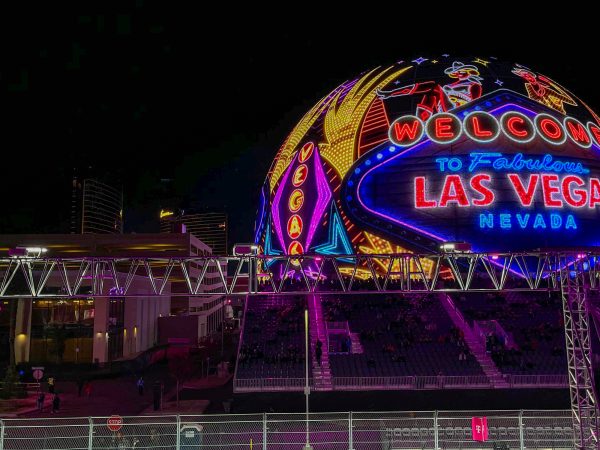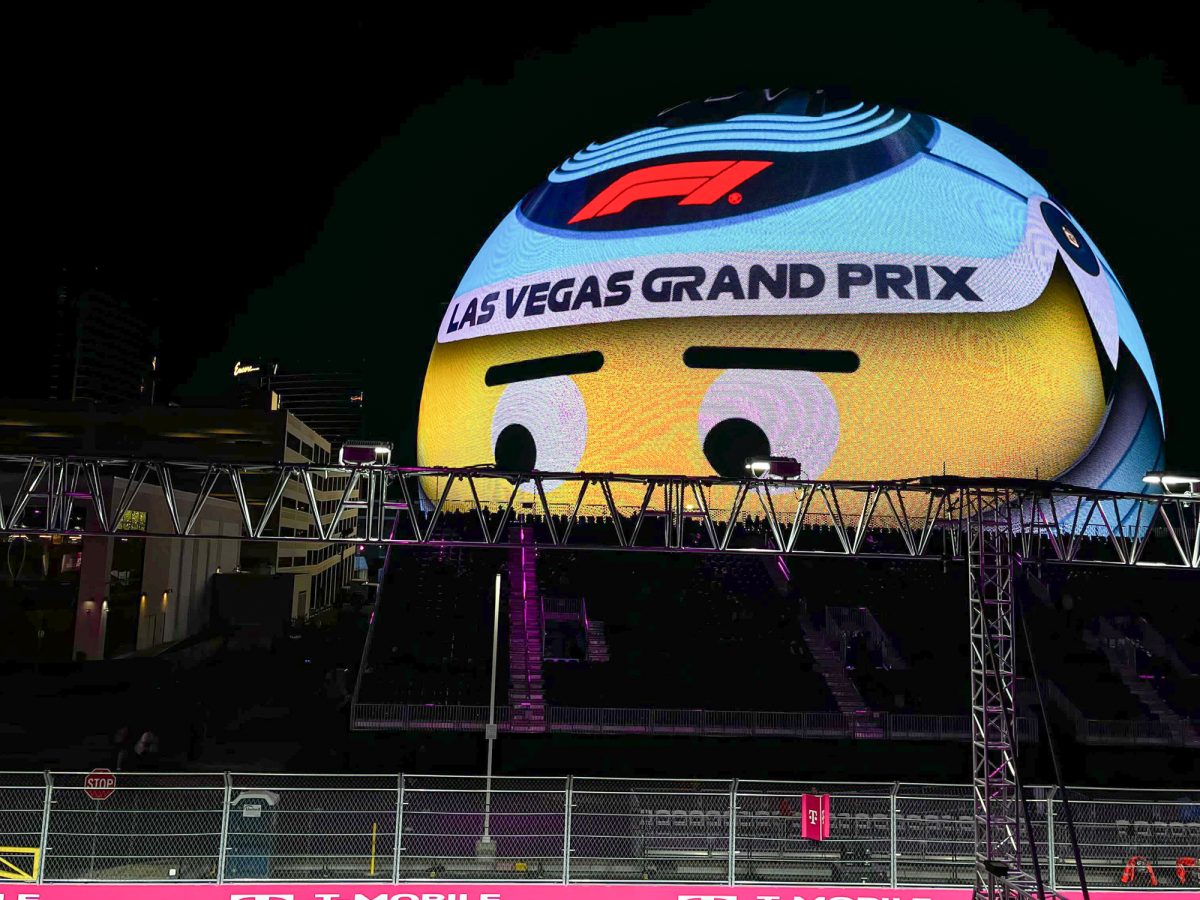Formula 1 is not only the fastest pace sport on the planet but a spectacle of the newest brilliance in engineering and display of cultures all around the world. Why haven’t you taken a look?
F1 is one of the world’s only global sports, spreading across 21 countries on five different continents in a span of just 24 races. This includes three races here in the United States in three of the most iconic cities: Miami, Austin and the Las Vegas Strip.
Ten of the top car manufacturers in the world, which include Ferrari, Mercedes and Mclaren, build the fastest cars possible with two drivers per team in hopes of winning the World Constructors Champ and the 20 drivers fight for the World Drivers Championship.
F1 cars are the peak of automotive engineering brilliance with the cars reaching average speeds of 200 mph with top speeds on straightaways reaching 220 mph. Modern F1 cars create nearly 1,600 pounds of downforce. This means in theory an F1 car would be able to drive on the ceiling upside down.
Some of the world’s most iconic athletes call the sport of F1 their jobs. With names like Sir. Lewis Hamilton, a seven-time world champion with 105 grand prix wins and Max Verstappen, who has won the world drivers championship four times in a row and is a 63 time Grand Prix winner.
Not all F1 tracks are built the same. With traditional race tracks built around the world as well as street circuits that run along some of the most iconic city streets on the planet including Marina Bay, Singapore; Monte Carlo, Monaco; Jeddah, Saudi Arabia; and the aforementioned Las Vegas Strip circuit.

While exploring the culture of 21 different countries may sound like one of the best attributes of the sport, it is the biggest struggle for the fans here in the United States. 13 of the 24 races happen at 6 in the morning or even earlier, so you will need to set an early alarm to be able to partake in almost every race.
Everything about the sport is fast-paced, and pit crews are expected to change all four tires within three seconds. The fastest recorded pit stop was by the Red Bull team in 2019, getting Max Verstappen back on track in 1.82 seconds. The average person blinks every four seconds, so if you blink, you may miss an entire pit stop.
Tracks not only include long straights but dramatic tight turns that can range from difficult 45 degree turns to hairpin 90 degree corners requiring the drivers to break from nearly 200 miles per hour down to anywhere from 30-160 mph with drivers experiencing up to six G’s of force against their body– reaching the same level endured by fighter pilots and astronauts.
F1 also has an amazing viewership experience that goes along with the sport. The TV broadcast includes many different angles for anyone to enjoy, including onboard car cameras and cameras inside drivers’ helmets, allowing viewers to see the race from their point of view. During the race, they also play teams’ and drivers’ radios, making you feel like you’re not only watching but a part of the race itself
“The thing I enjoy about [F1] the most is the race radios between teams and drivers. I have done a bit of go karting, the race radios make me feel like I’m a part of the team,” SRJC student Kristopher Hurst said.
With an average 70 million viewers worldwide during every single race, F1 is one of the most popular sports in the world. The popular Netflix series “Drive to Survive” has increased popularity worldwide and here in the United States with viewership reaching nearly 1.3 million people.
With the United States having three races throughout the F1 calendar year and races being nearly year round from the middle of march to the middle of December, why haven’t you tuned in to the fastest sport on the planet?




